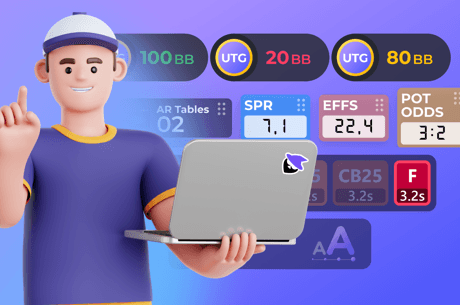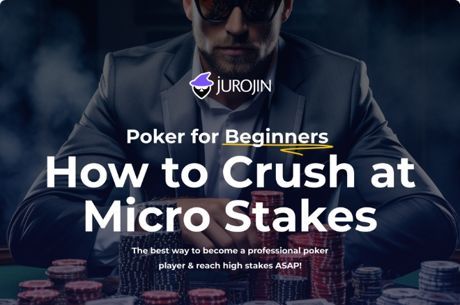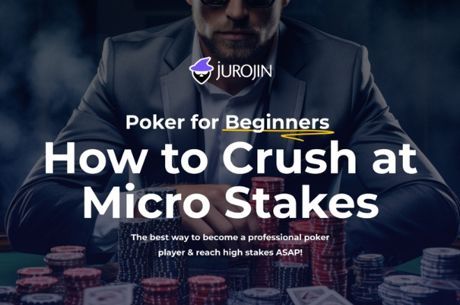Bankroll Builders, Vol. 7 Part II: Low-Limit Turbo SNGs

In our last edition of Bankroll Builders, we clued you in on which sites to hit up for turbo sit-n-goes, how much money you'll need to get started, and how much you can expect to earn. Now, we'll get down to the nitty-gritty with some basic strategy, advice on exploiting your opponents' bad habits, and tips for playing the dreaded bubble.
Tips from the Trenches
- It's OK to play tight in the early stages. In fact, it's the best strategy you can employ in the first few levels. In low-limit turbos, you'll see a lot of players limping in with a wide variety of hands, often without regard to position. As you sit there and fold, pay attention to what types of hands these players are limping with and what they're willing to call a raise with. Observe carefully and take notes — they'll be a godsend later on.
- Tread carefully with small pairs. It's so tempting to call a raise with a baby pair in hopes of hitting a set, but in turbo SNGs, the stacks are so shallow that most of the time you're not going to have the implied odds to do so. Try and see a flop cheaply with small and medium pairs, but if you encounter a lot of resistance, muck your hand and wait for a better spot.
- Beware of the preflop isolation raise. A "punish-the-limpers" isolation raise can be an effective play in a cash game or even a higher-limit SNG, but at the low limits, you'll find that these raises are going to get called a large majority of the time. Making a value raise with a strong hand to narrow the field is one thing, but making it five times the big blind with a small suited connector over the top of three limpers is probably not the best idea in a $6.50 game because at least one player, if not more, will come along to see a flop.
- Play a relatively straightforward game. In a typical low-limit turbo SNG, you're not going to encounter a lot of players who are thinking more than one level deep. Concentrate on extracting value from weak players rather than making fancy plays to disguise the strength of your hand. Low-limit SNG players are thinking a lot more about their hands rather than your hand.
Exploit tight players on the bubble. With four players remaining, a lot of people are going to nit it up big time in order to squeeze into the money. Take advantage of these players and don't be afraid to push the action. Remember when we told you to pay attention to your opponents' calling ranges? That information comes into play on the bubble. The tighter an opponent's calling range, the more hands you can shove profitably.
Let's look at an example. You're second in chips with four players left. The action is folded around to you in the small blind and you look down at J♣10♣. The tight-playing short stack is sitting in the big blind and you don't think he'll call your shove with anything less than a pair or a big ace. This is a great spot to shove and try to pick up the pot preflop. Most of the time he's going to fold and you'll win the blinds. In the event that he does call with something like A♦K♥ or pocket nines, you still have a shot to win the hand. And if you do lose? You have him covered and are still in for more play.
- Remember the importance of five big blinds. In the late stages of a turbo SNG, the only move anyone has is all-in or fold. Try and keep your stack above five big blinds at all times so you'll be able to (1) survive a trip through the blinds, and (2) still have some fold equity when you do shove.
Are you ready to start building that bankroll? Open up an account at one of our online poker rooms today and get cracking!









